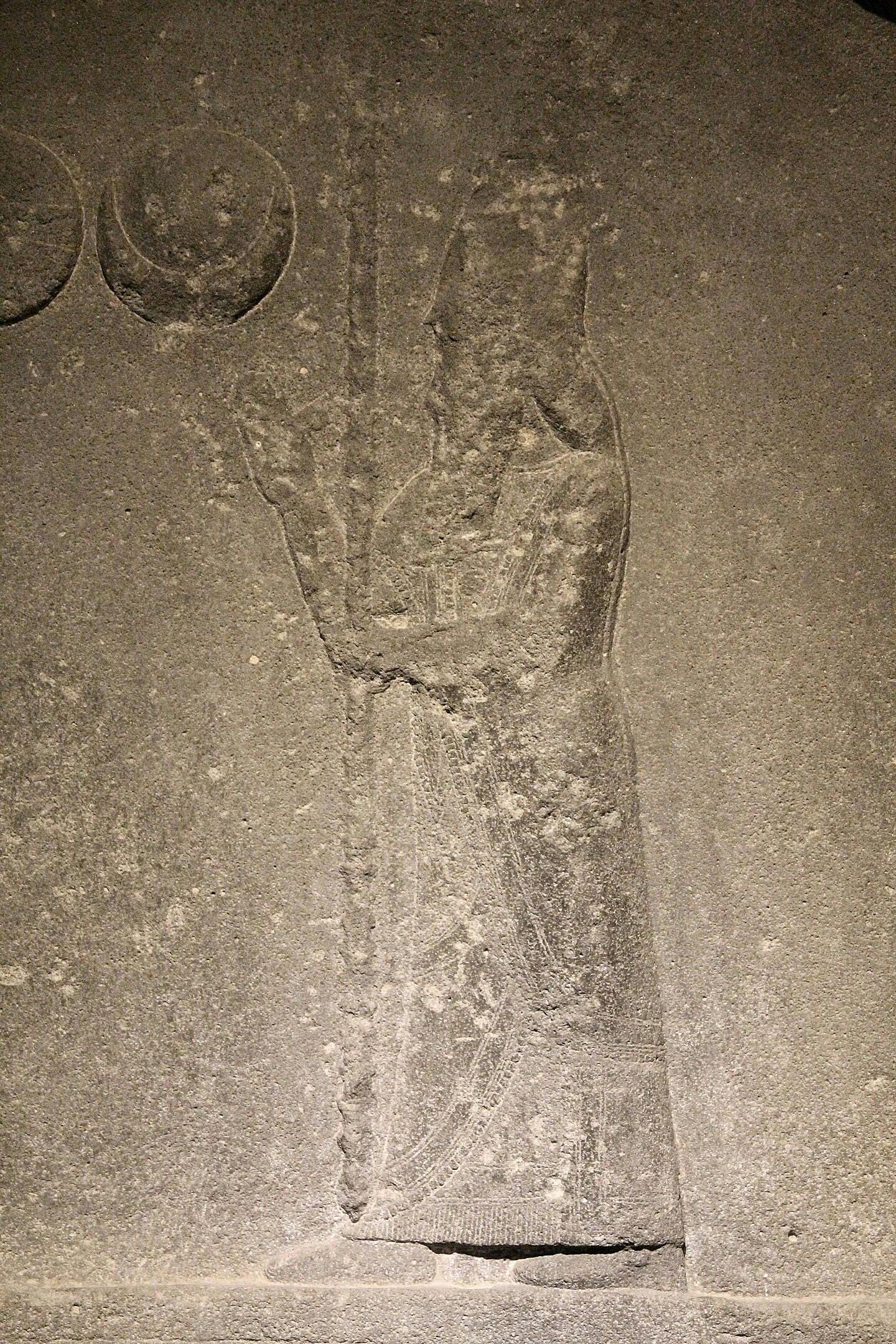Welcome one and all to the eighty eighth volume of the Areopagus. By way of prelude this week, I offer you but four lines of verse. They were written by the great Elizabeth Barrett Browning in the 42nd of her so-called Sonnets from the Portuguese:
I seek no copy now of life's first half:
Leave here the pages with long musing curled,
And write me new my future's epigraph,
New angel mine, unhoped for in the world!
To add more words, or even commentary, would be folly. So, the tone thus being set, and not wishing to "exceed the measure of a Preface", as those forty seven translators of the King James Bible said... onward!
I - Classical Music
Hamburger Ebb und Fluth I: Overture
Georg-Philipp Telemann (1723)
Performed by the Bremer Barockorchester
Fireworks in Hamburg by Christian Fritzsch (1745)
This is an almost indisputably lovely piece; like so much Baroque music it has an air of pomp and occasion, an atmosphere of celebration and delight. Georg-Philipp Telemann wrote it, specifically, for his native city of Hamburg. Its name means "Hamburg Ebb and Flow", although it is usually known simply as Wassermusik, or Water Music, like the piece of the same name by George-Frederick Handel.
Telemann's Water Music is a ten movement orchestral suite, with each of the movements named after and inspired by a figure from Classical mythology somehow related to water — for Hamburg was, and remains, a booming port town. This sort of classicising mindset was also typical of the 18th century, and one cannot but read a poem or polemic from that era without finding it infested by references to or peculiar transmutations of Classical mythology. Who was Telemann? One of the leading composers of 18th century Europe and a friend of both Bach and Handel. He was supposed to be a lawyer — at least, that is what his parents wanted — but he became a musician and the world was much the better for his boldness.
This music is, as said, lovely in and of itself, but I think it is also useful to hear something adjacent to those other two great and perhaps more popular composers. Because no artist, however great, ever stands alone. Handel's Water Music, Zadok the Priest and Music for the Royal Fireworks feel like the definitive works of a certain sort of celebratory Baroque music. No doubt they are, but Telemann was equally gifted at crafting such music, and by listening to Telemann's Hamburger Ebb und Fluth alongside that of Handel it enriches our sense of their relative musical personalities, of their interdependence as composers of the same age, and of our broader feeling for the Baroque.
II - Historical Figure
Nabonidus
Last King of Babylon
Mesopotamia, in modern-day Iraq, was the original cradle of human civilisation. Cities and writing — and so much else — were invented there first, between the banks of the rivers Tigris and Euphrates. There was no precise moment when this civilisation emerged, but safe to say that by the end of the 4th millennium BC Mesopotamian society was flourishing. First were the Sumerians, after whom rose the Akkadians, and in their place the Babylonians.
This long and essentially uninterrupted line of Mesopotamian kingdoms finally came to an end in 539 BC. What happened? A man called Cyrus, from Persis in modern Iran, had arisen from obscurity and, after establishing an empire that stretched from India to the Aegean, conquered Mesopotamia. Thus the last of the native Mesopotamian kings, Nabonidus, takes his place alongside the likes of Romulus Augustulus, Constantine XIV, and Mehmed VI as the final ruler of a centuries-old and storied dynasty.
But Nabonidus is not only interesting because he was the last king of humanity's oldest civilisation; he was, in himself, a fascinating figure. See, Nabonidus has sometimes been called history's first archaeologist. A bold claim, but justifiable on the whole. For example, Nabonidus revived
Keep reading with a 7-day free trial
Subscribe to Areopagus to keep reading this post and get 7 days of free access to the full post archives.






